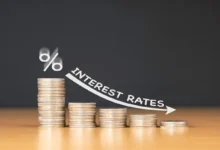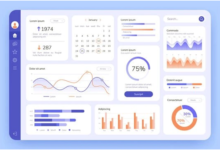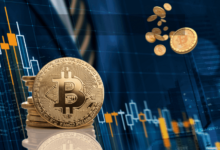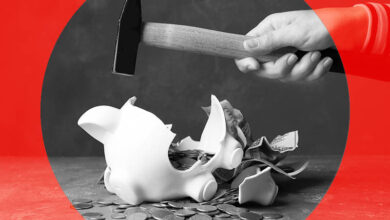
How Rising Interest Rates Affect Loan EMIs and Savings Growth
Interest rates may sound like something only economists speak about on business news television, but they are important if you have a bank account or a loan. Whether you’re paying an EMI or saving money in a savings account, increasing interest rates can affect your financial life in one way or another.
Let’s explain it in simple terms.
Table of Contents
What Actually Are Interest Rates?
In simple terms, interest rates are the difference between what you pay when you take a loan and what you receive when you save. When rates rise, borrowing becomes more expensive, but saving becomes more lucrative.
So, when the Reserve Bank of India (RBI) raises rates, it impacts both sides of the money equation: your EMIs (Equated Monthly Instalments) and your savings returns.
Impact on Loan EMIs
1. Higher EMIs for Floating-Rate Loans
If you’ve borrowed a home loan, personal loan, or car loan on a floating rate of interest, you’ll feel the pinch first. When interest rates go up, so do your EMIs. You might either pay more each month or pay over a more extended period. Either way, you’re paying more.
2. Expensive New Loans
Planning to take a loan soon? Rising rates mean you’ll likely get a costlier deal. That dream vacation, wedding, or new bike might need a little more budgeting than you expected.
Impact on Your Savings
Now for the good news. Rising interest rates can be a blessing if you’re on the saving side of things.
1. Better Returns on Savings
Banks typically adjust savings account interest rates higher when lending rates rise. So if you have money sitting in a bank account, your idle funds begin to earn a bit more. It’s not a huge difference, but it’s still something.
And if you maintain an emergency fund or some spare cash in a savings account, even a modest interest boost can be gratifying.
2. Higher FD and RD Rates
Fixed Deposits (FDs) and Recurring Deposits (RDs) also become more attractive. Banks raise their deposit rates to attract more funds. So if you’ve been waiting to lock in a good rate, now might be the right time.
Balancing the Two: Borrower vs Saver
Increasing interest rates are a two-edged sword. Your loans become costlier on one hand, but your savings accumulate quicker on the other. The catch is to achieve a balance depending on your position in your life cycle.
- If you are paying off loans, make partial prepayments to ease your burden.
- If you’re investing, now is the right time to check out high-interest FDs or even sweep-in accounts that connect your bank account to an FD automatically.
What Can You Do Right Now?
- Monitor your EMIs: Use an EMI calculator to see how changes in rates affect your monthly payments.
- Check your bank’s interest deals: Not every bank simultaneously raises savings account interest rates. It may be a good idea to compare.
- Rebalance your budget: If your EMI has increased, adjust your monthly expenses to avoid dipping into savings.
- Explore laddering FDs: Instead of putting all your money into a single FD, split it across different tenures. This way, you’ll benefit from rising rates without locking all your funds.
Final Thoughts
Increasing interest rates aren’t news; they’re warnings. They influence how you invest, save, and take loans. Though higher EMIs might be challenging, higher returns on your savings account or fixed-income instruments can provide a tiny but consistent victory.
Stay sharp, adaptable, and, above all, informed. That’s the key to getting interest rates to act in your best interest.








